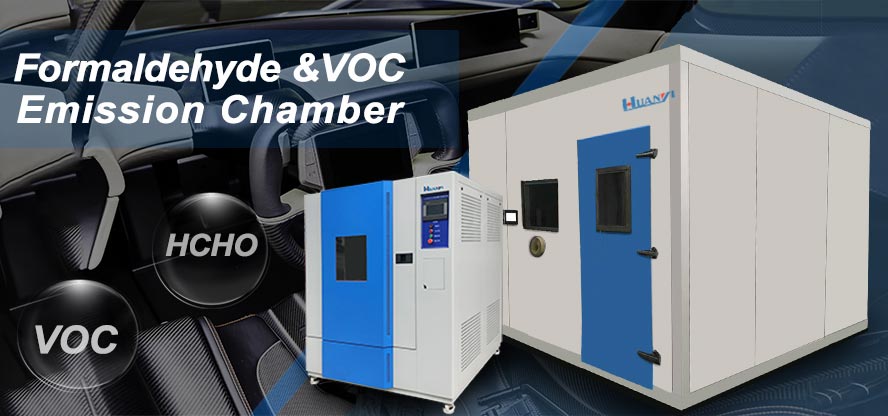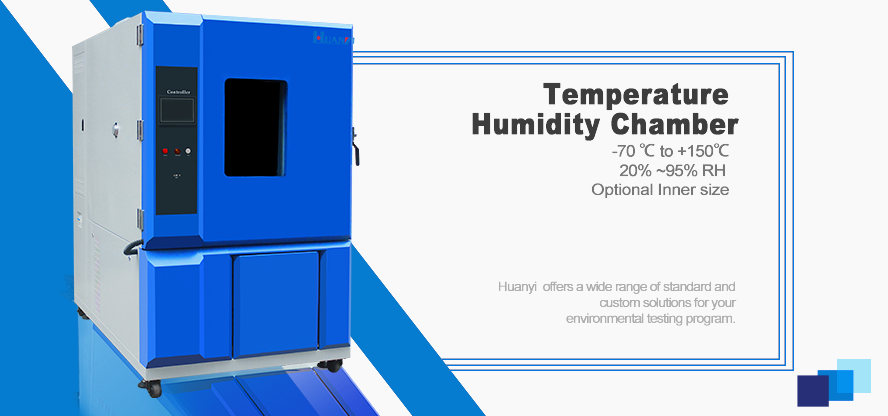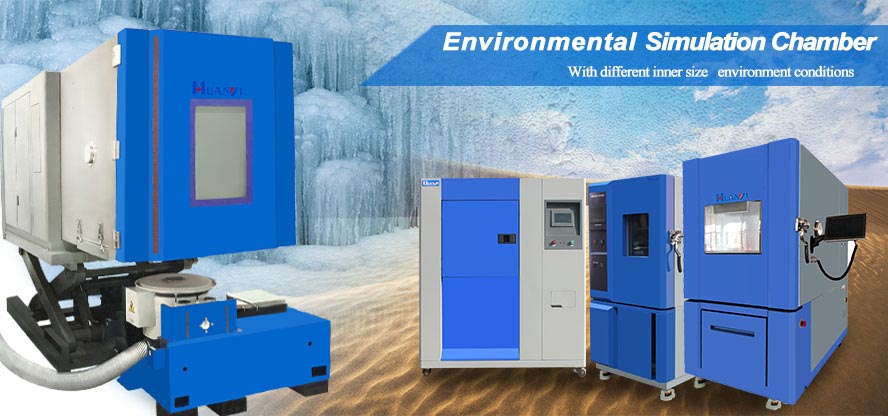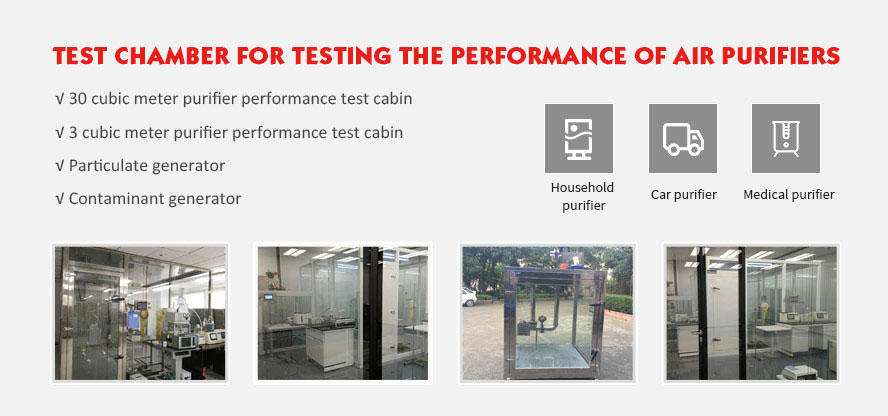Why do laboratory bacterial cultures need to be done in a carbon dioxide incubator?
Cell culture technology refers to the technology of cultivating and studying living cells using the best living conditions of various cells. It is an important technology widely used in the field of life sciences.
Generally, the pH of cell culture medium is between 7.0-7.4. Since the carbonate pH buffer system is a physiological pH buffer system (it is an important pH buffer system in human blood), most culture solutions use it to maintain a stable pH. When preparing culture solution from powder, it is often necessary to add a certain amount of sodium bicarbonate. For most culture solutions that use carbonate as a pH buffer system, in order to maintain a stable pH, the carbon dioxide in the incubator needs to be maintained between 2-10% to maintain the concentration of dissolved carbon dioxide in the culture solution. At the same time, cell culture vessels need a certain degree of ventilation to facilitate gas exchange.
Does using other pH buffer systems eliminate the need for a carbon dioxide incubator? It was found that because the carbon dioxide concentration in the air is very low, if the cells are not cultured in a carbon dioxide incubator, the HCO3- in the culture medium will be depleted, which will affect the normal growth of the cells. Therefore, the culture of most animal cells still requires a carbon dioxide incubator
In the past few decades, research fields such as cell biology, molecular biology, and pharmacology have made amazing progress. At the same time, the application of technology in these fields has to keep up. Although typical life science laboratory equipment has changed significantly, carbon dioxide incubators are still a major component of the laboratory, and their purpose is to maintain and promote better growth of cells and tissues. However, as technology advances, its functions and operations become increasingly precise, reliable and convenient. Today, carbon dioxide incubators have become one of the commonly used conventional instruments in laboratories and have been widely used in research and production in medicine, immunology, genetics, microorganisms, agricultural sciences, and pharmaceuticals.
The CO2 incubator creates an environment that allows cells/tissues to grow better by controlling the surrounding environmental conditions. The result of condition control will form a stable condition: such as constant pH (pH value: 7.2-7.4) , stable temperature (37°C), high relative humidity (95%), stable CO2 level (5%), this is why researchers in the above fields are so keen to use convenient, stable and reliable carbon dioxide incubators.
In addition, due to the addition of carbon dioxide concentration control and the use of microcontrollers to precisely control the incubator temperature, the success rate and efficiency of culturing biological cells, tissues, etc. have been improved. In short, the carbon dioxide incubator is a new type of incubator that is irreplaceable for ordinary electric constant temperature incubators.
Of course, what users care about when purchasing a carbon dioxide incubator is its reliability, control of contaminants, and ease of use. The CO2 incubator mainly controls three basic variables related to simulating the in vivo environment: stable CO2 level, temperature, and relative humidity. To have a stable cultivation environment, you must consider these three influencing factors. When purchasing, you should have a certain understanding of these "top priorities" to choose an instrument that suits you. However, other "small" factors cannot be ignored, because these will affect the use value and life of the instrument. When purchasing, you should consider all factors.
temperature control:
Maintaining a constant temperature within the incubator is an important factor in maintaining healthy cell growth. When purchasing a carbon dioxide incubator, there are two types of heating structures to choose from: air jacket heating and water jacket heating. While both heating systems are accurate and reliable, they both have their own advantages and disadvantages. A water-jacketed incubator maintains a constant temperature by surrounding the inner box with an independent hot water compartment. Hot water circulates in the box through natural convection, and heat is transferred to the inside of the box through radiation to maintain a constant temperature. The unique water-jacketed design has its advantages: water is a good insulating material. When encountering a power outage, the water-jacketed system can more reliably maintain the temperature accuracy and stability in the incubator for a long time ( The time to maintain a constant temperature is 4-5 times longer than that of the air-jacketed system). If your experimental environment is not stable (such as power restrictions or frequent power outages) and you need to maintain stable culture conditions for a long time, then a water-jacketed carbon dioxide incubator is your better choice. The air jacket heating system directly heats the gas in the box through the heater in the box. The air-jacketed design can quickly restore temperature stability in the box when the temperature changes frequently caused by frequent opening and closing of the box door. Therefore, compared with the water-jacketed type, the air-jacketed incubator has the characteristics of faster heating and faster temperature recovery than the water-jacketed incubator. It is especially beneficial for short-term cultivation and cultivation that requires frequent opening and closing of the door. In addition, the air-jacketed design is simpler for users than the water-jacketed type (the water-jacketed type requires adding water, emptying and cleaning the water tank, and frequently monitoring the operation of the water tank). When purchasing an air-jacketed incubator, please note that in order not to affect the culture, the incubator should also have a fan to ensure the circulation and circulation of air in the box. This device also contributes to the temperature, CO2 and relative humidity in the box. of rapid recovery.
In addition, some types of carbon dioxide incubators also have an outer door and an auxiliary heating system. This system can heat the inner door, provide a good humidity environment for the cells, ensure that the cell osmotic pressure is balanced, and can effectively prevent the formation of condensation water to maintain the incubator. humidity and temperature inside. If your culture environment requires precise control, this auxiliary system is essential.
CO2 control:
CO2 concentration detection can be measured by two control systems - infrared sensor (IR) or thermal conductivity sensor (TC). When the door of the carbon dioxide incubator is opened, CO2 leaks out of the box. At this time, the sensor will detect the decrease in CO2 concentration and respond in time to re-inject CO2 to restore it to the original preset level. Thermal conductivity sensor (TC) monitors CO2 concentration by measuring the resistance change between two thermistors (one is exposed to the box environment and the other is enclosed). Changes in the CO2 concentration in the box will change the resistance between the two thermistors, causing the sensor to react to adjust the CO2 level. One disadvantage of the TC control system is that changes in temperature and relative humidity inside the chamber will affect the accuracy of the sensor. When the door is opened frequently, not only the CO2 concentration, but also the temperature and relative humidity will fluctuate greatly, thus affecting the accuracy of the TC sensor. This control system is not suitable when precise culture conditions and frequent opening of the incubator door are required. Infrared sensor (IR) is another optional control system that has more precise CO2 control capabilities than the TC system. It detects CO2 levels through an optical sensor. The IR system includes an infrared emitter and a sensor. When the CO2 in the box absorbs part of the infrared rays emitted by the emitter, the sensor can detect the decrease in infrared rays. The amount of absorbed infrared rays corresponds to the level of CO2 in the box. , so that the concentration of CO2 in the box can be obtained. Because the IR system is not affected by changes in temperature and relative humidity, it is more accurate than the TC system and is particularly suitable for cell culture that requires frequent opening of the incubator door. However, this system is more expensive than the TC system, so it must be considered in conjunction with the budget.
Relative humidity control:
It is very important to control the relative humidity in the incubator. Maintaining sufficient humidity levels will ensure that culture failure will not occur due to excessive drying. Large carbon dioxide incubators use steam generators or sprayers to control relative humidity levels, while most small and medium-sized incubators generate moisture through evaporation from humidity control panels (humiditypans). Up to 95-98%). Some incubators have a humidity reservoir that holds water on a heated control panel to enhance evaporation. This reservoir can increase the relative humidity level to 97-98%. However, this system is also more complex, and some unpredictable problems may also occur during use due to the increase in complex structures.
Microprocessor control system:
Every user hopes that the instruments they use can be convenient and easy to use, and the use of microprocessor control systems and various other functional accessories (such as high temperature automatic adjustment and alarm devices, CO2 alarm devices, password protection settings, automatic calibration systems, etc.) This makes the operation and control of the carbon dioxide incubator very simple. The microprocessor control system is the operating system that maintains the steady state of temperature, humidity and CO2 concentration in the incubator. For example, the PIC microprocessor control system can strictly control the concentration of gas and reduce its loss to an extremely low level to ensure a constant culture environment. It can also ensure that the temperature in the chamber is accurate during long-term culture and has an LED display. Temperature and CO2 concentration can be set and corrected. Although different microprocessing systems have different names, their principles and control effects are very similar. You don’t need to pay too much attention to the difference in their names when purchasing. The key is to find them convenient to use, easy to operate, and able to achieve the desired results. required control accuracy.
In addition, I think an alarm system is also indispensable. It allows you to know the situation in the incubator in time and respond, thus minimizing losses and ensuring the continuity of experiments. Some incubators have audio/visual alarm devices that will automatically alarm when the temperature changes by ±0.5°C or the CO2 concentration changes by ±5; some have an alarm display function for abnormal CO2 concentration. These devices are designed for the convenience of users and to reduce the tedious experimental proc
Control of pollutants:
Contamination is a major factor leading to cell culture failure. Therefore, manufacturers of carbon dioxide incubators have designed a variety of different devices to reduce and prevent the occurrence of contamination. The main ways are to minimize the areas and surfaces where microorganisms can grow. And combined with automatic pollution elimination device to effectively prevent the occurrence of pollution. For example, in view of the fact that CO2 incubators are sometimes accompanied by mold growth during use, in order to ensure that the incubator is free from contamination and ensures biological cleanliness inside the instrument box, some companies have developed and designed enhanced CO2 incubators with UV cleaning functions. ; There is also a unique copper shell HEPA filter designed by the company that can filter the air in the incubator, can filter and remove 99.97% of particles above 0.3um, and can effectively kill microbial particles blocked in the filter during filtration; in addition, the automatic sterilization device It can make the temperature inside the box reach 90℃ to kill contaminating microorganisms. When it is combined with the HEPA system, it can greatly reduce pollution. These devices are essential for cell culture, but which cleaning device to choose? Of course, the more functions, the better the application, but the price will also increase accordingly. If the funds are limited, you can only choose a cheaper one. At this time, you should use some disinfectants and sterilizers, and perform frequent disinfection and sterilization. You can also achieve the effect of expensive instruments, but it is more troublesome. In short, no matter which device you choose, you must always pay attention to keeping the incubator clean and clean the box frequently. This can increase the service life of the instrument, make the experiment run smoothly, and ensure the reliability of the results.









